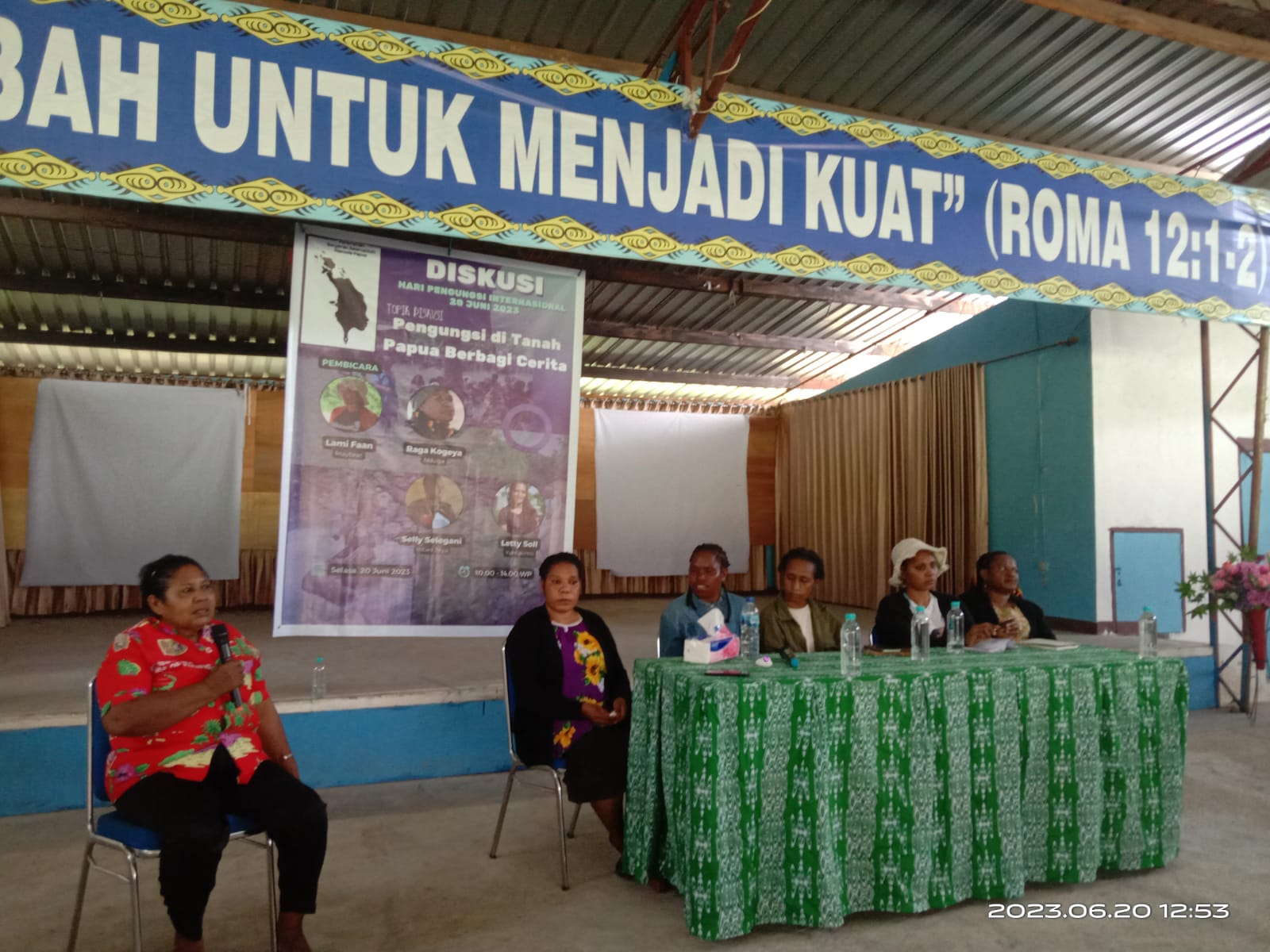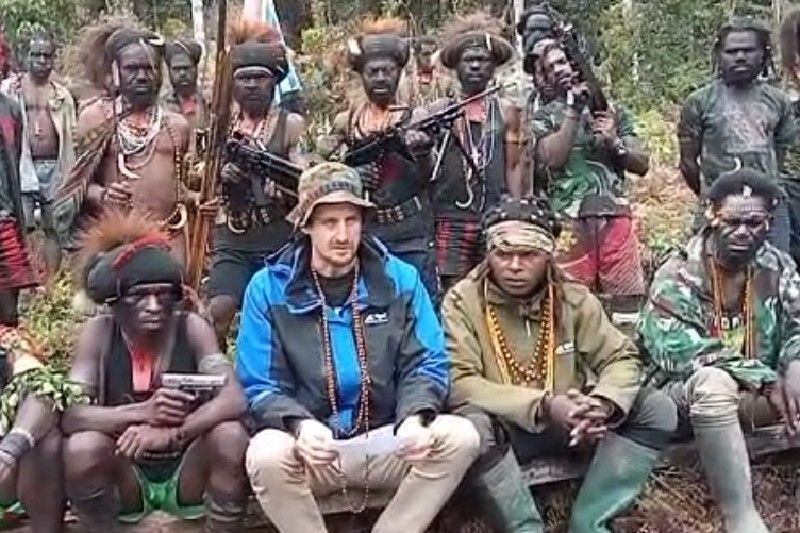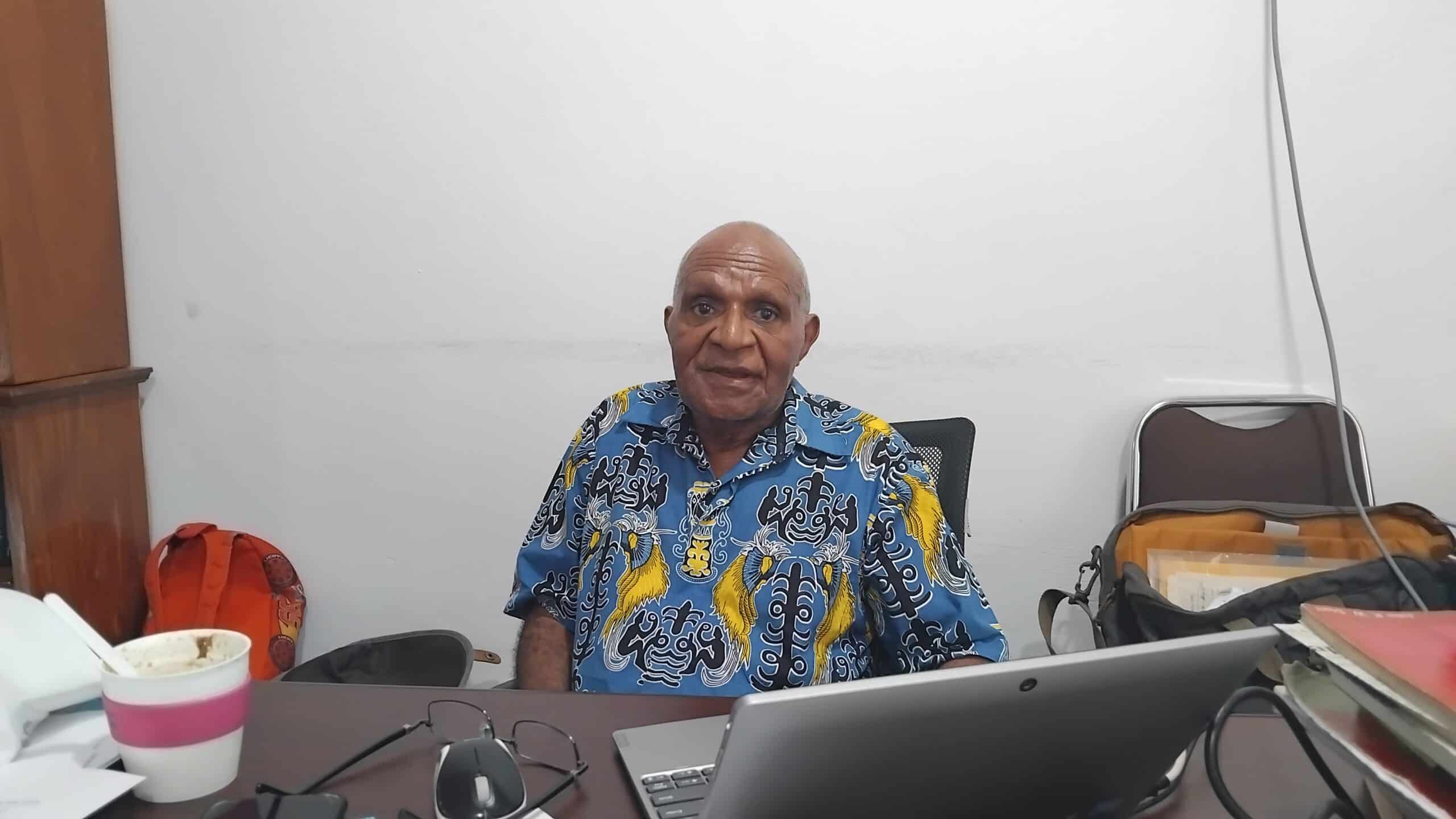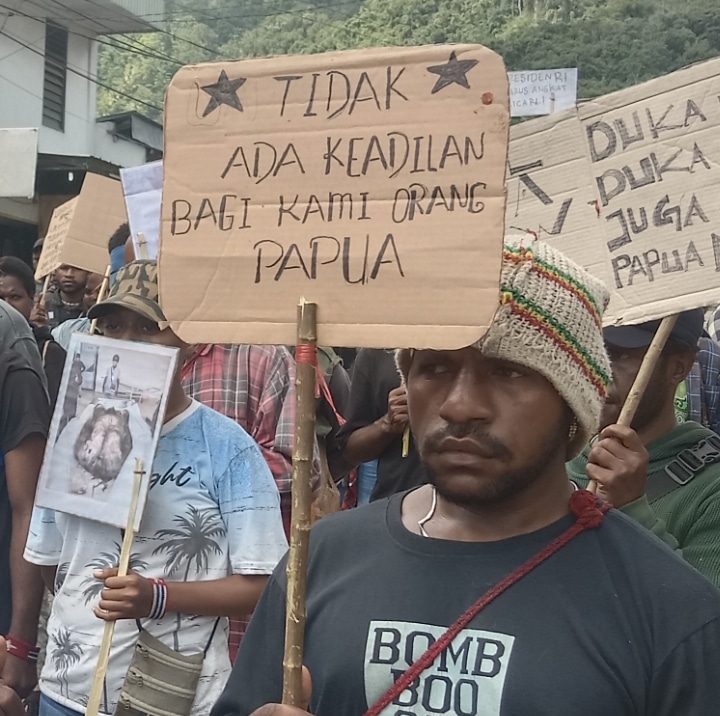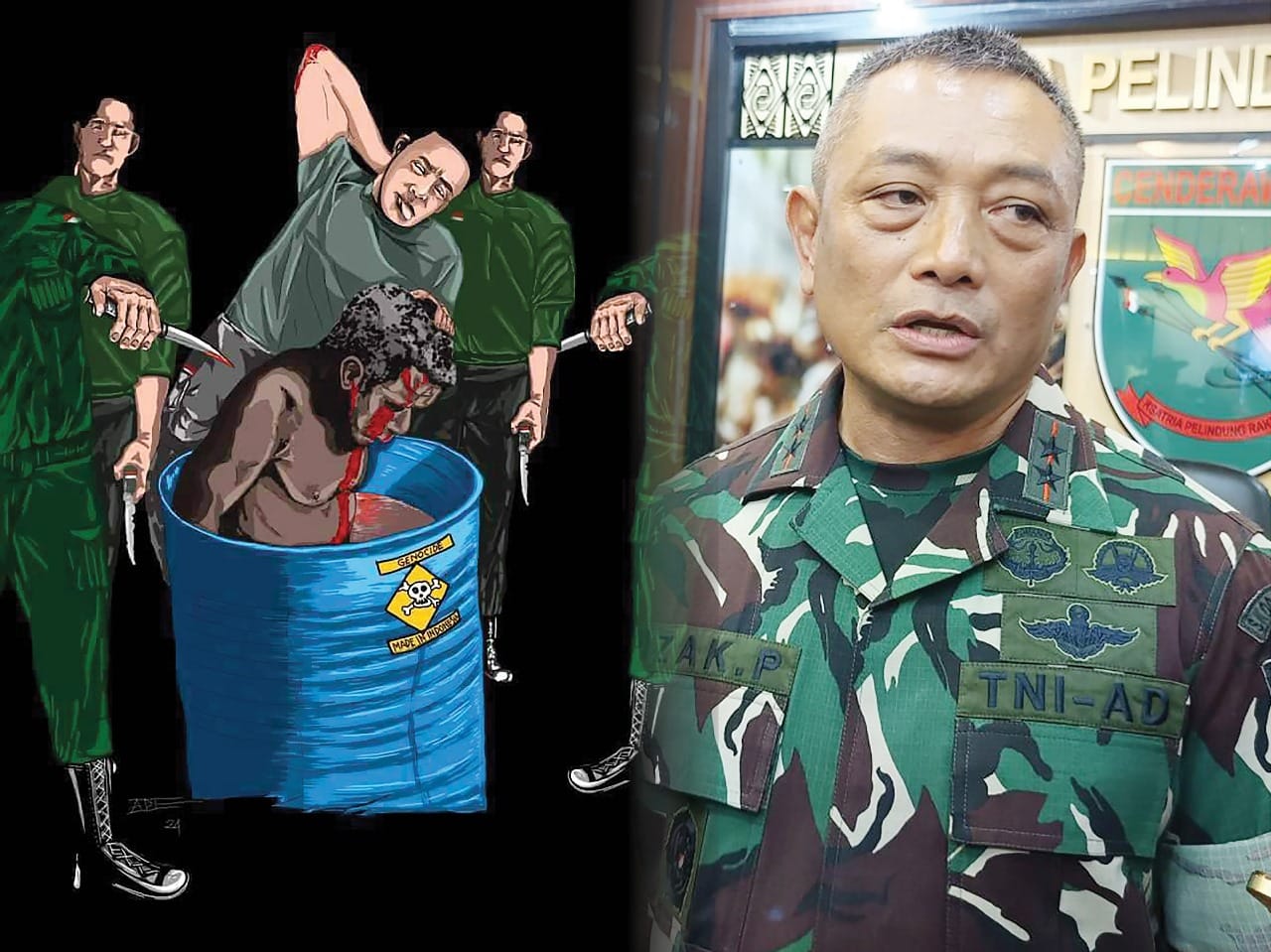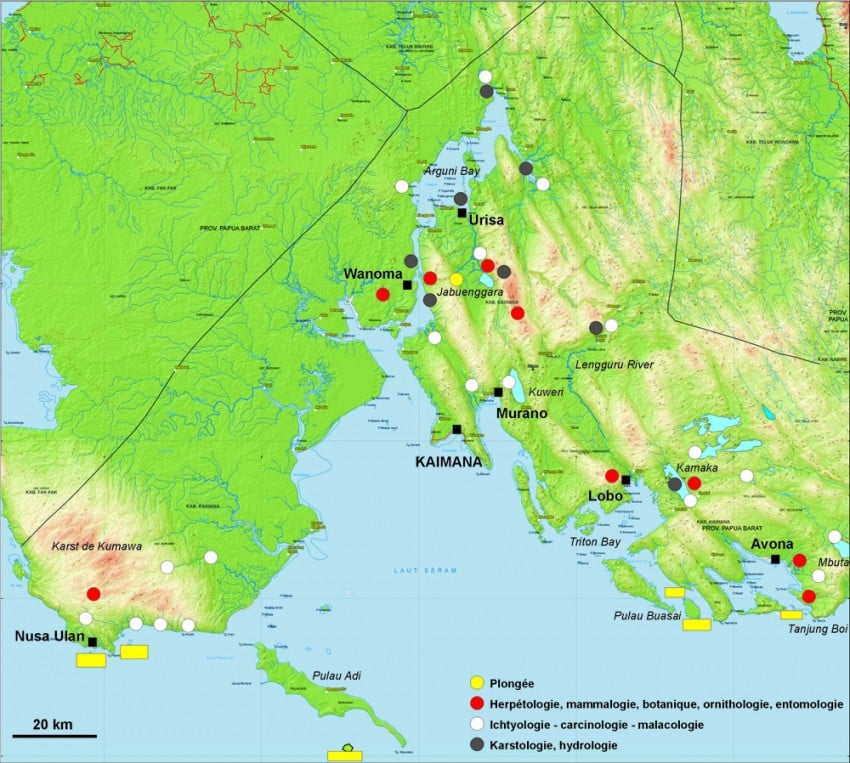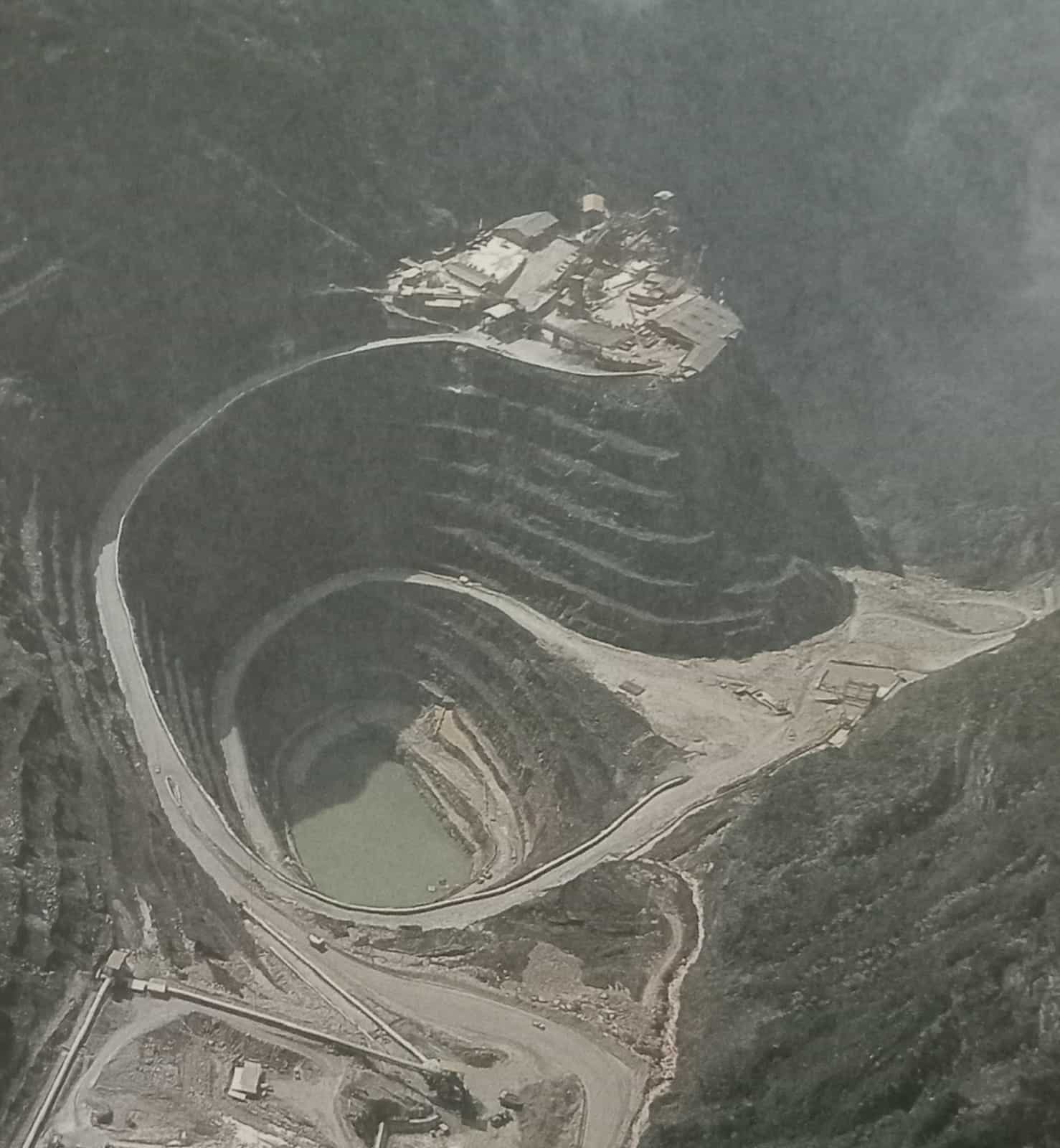
By : Julian Howay (*)
THE island of New Guinea or Papua in the South Pacific has a largely unspoiled tropical forest (75%). These forests were formed over thousands of years ago and spread from the lowlands, valleys, hills to the towering mountains. For outsiders, the largely virgin tropical forest of Papua holds a number of mysteries.
Forest exoticism on the island has become the last bastion of life providers for biodiversity in Indonesia and internationally. Not surprisingly, the powerful ocean explorers from Europe, China, Arabia and India who first landed on this land dubbed the island of New Guinea (Papua) as a dazzling world paradise that just began to be explored in the 19th century. The high value of biodiversity makes many natural scientists know Papua as the Major Tropical Wilderness Area (TWA), beside Brazil and the Democratic Republic of Congo (DRC).
The total area of tropical forests of the island of New Guinea (Papua) is about 73.8 million hectares (80%) of the land area or 22 percent of the land area of Indonesia. From this total area, neighboring state of Papua New Guinea (PNG) in the east has 34 million hectares or 70 percent of the country’s territory. By this amount, approximately 25,211,000 hectares (55 percent) are primary forests and the rest are secondary forests.
Because of the important benefit of the forests, fundamentally the life of indigenous Papuans can not be separated from the natural environment such as land, water, oxygen and forests. For thousands of years, these forests have been the main provider of life for at least 1,187 indigenous tribes who inhabit the island of New Guinea (Papua). Divided between 312 indigenous tribes in western New Guinea (West Papua) which is now part of Indonesia and 875 tribes in Papua New Guinea (PNG).
In the view of the Papuans, the nature of which belongs to the land and the forest is like a “life-giving mother.” In the life of a traditional sub-system living, the forests function as “natural supermarkets” which provide various food needs, the place of ritual actualization culture, entertainment, and as place to give them inspiration about life. Therefore, when the land and its natural resources such as forests are expropriated or damaged, Papuans as part of world indigenous people will suffer and are deprived of their cultural identity.
Unfortunately, the existence of tropical forests in Papua continues to shrink as degradation and deforestation rates occur over time. In the life of a traditional sub-system living, illegal logging and improper forest management of local people have caused the destruction of forests in Papua getting worsening. It could even say that it has entered an “emergency status.” Deforestation began in the 1980s when general Soeharto, the Indonesian Government military dictatorship issued a political economy policies that supported development and investment. But these policies were not friendly to the environment and local people who live around the forest.
From the total 73.8 million hectares of Papua’s forest area recorded in 2005, it is now drastically reduced. West Papua as a region on the western part of New Guinea is now the largest contributor to deforestation compared to neighboring state of Papua New Guinea (PNG) in the east. In 2005-2009, Papua’s forest area ranged from 42.22 million hectares. But three years later in 2011, it has experienced degradation to the remaining 30.07 million hectares.
Average deforestation rate in Papua ranging from 300,000 hectares (25%) per year. From these facts, Greenpeace, the international environmental organization recorded that the loss of Papua’s forest in the period of 2000-2009 ranged from 8.19 million hectares or on average 910,000 hectares of forest lost each year. Even some environmental NGOs like Center for International Forestry Research (CIFOR) estimate, the average of deforestation in Papua reaches one million hectares annually.
Some major causes of deforestation in Papua (Indonesia) consist of forest conversion by illegal logging and oil palm plantations, forest burning, mining, construction of roads and new settlements. Illegal logging and expansion of large-scale oil palm plantations are two main factors that caused the largest deforestation in Papua.
Illegal logging cases are generally done by licensed timber companies, but are cutting forests outside of their concession area. Large-scale palm oil plantations so far have been proven to bring environmental problems and disasters to the local community from the social aspect. In two regions in Indonesia such as Sumatra and Kalimantan, the presence of large scale oil palm plantations has impacted the destruction of thousands of hectares of primary forest.
As a result, local people as landowners who had been able to live peacefully only by depending on forest products, changed their lifestyles due to being low-wage palm oil planters. Local people are also uprooted from the cultural roots associated with the existence of the forest as a provider of life. In general, deforestation in Papua gives negative impacts towards the function of the forest as climate regulator, CO2 and oxygen producer and forest is no longer a life support provider.
Therefore, to reduce deforestation in Papua (Indonesia), there are some important things that can be done. First, the Indonesian government needs to change its political economy policy to provide the preservation and protection of forest. Second, the government need to apply development policies oriented to sustainable development that does not destroy the forest.
Third, supervision and law enforcement against any perpetrator of environmental crime and destruction of forests. Fourth, the government need to empower the local communities (indigenous people), who live around the forest to engage in surveillance efforts, conservation and sustainable use of forests.
Fifth, the government must commit to implementing policies related to the Reducing Emissions from Deforestation and forest Degradation (REDD) mechanism in order to reduce carbon emissions by providing compensation to the parties (including local communities) in the prevention of deforestation and forest degradation. Sixth, replanting (reforestation) and rehabilitation of degraded forest with native plants that are beneficial to the local communities.
Advocacy efforts and the joint campaign of saving Papua’s forests have been ongoing since 2006. This campaign was formulated into a major theme: “Save the Forest and Papuan” or in bahasa (Indonesia language) “Selamatkan Hutan dan Manusia Papua.” The reason is that Papua’s forests and its indigenous people are so intertwined that the rescue effort is a heavy task and must be taken seriously.
Given the increasingly deteriorating condition of forests, it is necessary to engage customary institutions as active government partners in the preparation, establishment, socialization and implementation of forest management governance. Law implementation and strict sanction is required to stop illegal logging perpetrators.
In conclusion, Papua’s vast tropical forest riches are a God’s gift worthy of being grateful as well as protected. Do not let this valuable gift be a curse in the future. By saving the forests of Papua, it means saving the natural wealth of humans and the invaluable Papuan culture. We have to do something to save the people and the forest of Papua for the better future. Save the forest, save the future !
*) Julian Howay is a freelance journalist and environmental activist.




